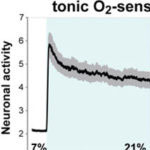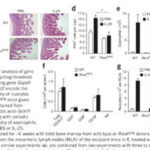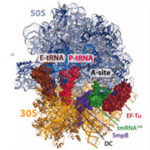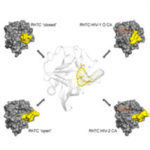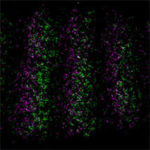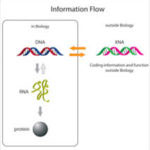
A group of researchers, led by Philipp Holliger in the LMB’s PNAC Division, have created the first synthetic molecules that, alongside the natural molecules DNA and RNA, are capable of storing and replicating genetic information.
Vitor Pinheiro and colleagues from Philipp’s group used sophisticated protein engineering techniques to adapt enzymes, that in nature synthesise and replicate DNA, to establish six new genetic systems based on synthetic nucleic acids.
